|
By Manuel Players: 1 Platforms: Nintendo Switch, PlayStation 4, PC Classic-style CRPG games in the style of the Wizardry series are a rather rare find these days, but we have a new one to show all of you today. Developed by Acquire (Akiba's Trip, Octopath Traveler) and published by PQube, Labyrinth of Zangetsu is the exact CRPG throwback that fans like me have been waiting for. Sporting a cool sumi-e art style, it's out now on the Nintendo Switch, PS4, and PC. We're going to be taking a look at the Nintendo Switch version today, and seeing as we're a little late to this party, we're going to jump right into the review! Labyrinth of Zangetsu opens with a screen that explains the play on words between "sumi" and "tsumi". "Sumi" refers to the black ink that is used in the art style mentioned earlier, and "tsumi" is a word that means sin or wrongdoing. This sets the stage for the adventures you're about to go on in a world which is currently in threat of being completely overtaken by the Ink of Ruin. The Ink of Ruin has spread to all corners of the empire, corrupting the land and filling it with Ink Beasts that are born from the negative energy that permeates from the Ink. The fortress city of Ido is the last holdout for humanity and it's up to you to form a band of Brightbane conscripts who have a resistance to the corrupting effects of the Ink. Along the way you'll encounter mystic beings, ghosts, and plenty of Ink Beasts that will test your skills and resolve. While the idea of a small group of heroes being able to stop the destruction of the world may sound like a daunting task, it's one you're going to have to take on. The story is probably one of the weakest parts of Labyrinth of Zangetsu, but I have to admit that I liked the hopelessness of the scenario you're placed into. Too many other RPGs give you stakes that either don't feel all that high, or don't have a true sense of doom in the event that you fail. Here, you know that failure means death, and the challenge actually goes far beyond your party itself. Every single member of your party is interchangeable and replaceable. They're not important, defeating the Ink is important. This lack of emphasis on story does have some problems though, as I must say that the lack of many named NPCs makes the game feel a bit hollow. I don't mind that We are a bunch of backstory-less adventurers, but I would've liked it if the town of Ido had a few characters to interact with that had lives and stories of their own. Imagine the game we'd get if we had several characters back in Ido who talked about all the losses they've suffered, and probably even all the bands of adventures who go out into the Labyrinths never to return. You do get a bit of that here and there, but it's from a character that uses one of the same pictures you can assign to a created character. I can't help but feel that something as simple as a shopkeeper or a guard that greets you when you re-enter Ido would've really helped sell the immersion. As it is most of the game is played out via text boxes. It's a failing of the game that could've been fixed with a simple picture or two, but I guess we can't have everything. Seeing as I've already mentioned Wizardry in this review, and know that I will several more times, I figured I'd give a little backstory first. Now going into the entire history of the Wizardry series is far too much to do here, but I will mention that it's a Western CRPG (Computer RPG) series that eventually became so popular in Japan that it pretty much exists only there now. These Japanese Wizardry games are largely considered spin-offs to the main canon, and only two have them have ever seen official English-language releases. The second, and most recent, of these is the one relevant to today's discussion. Originally released in 2009, Wizardry: Labyrinth of Lost Souls was a darker take on the series that was developed by Acquire, the same studio that's bringing us Labyrinth of Zangetsu. While they're not a developer that has put out a lot of games in this genre, they did put out one of the better received Wizardry titles in recent memory. Though Labyrinth of Zangetsu has no ties at all to the Wizardry series beyond its shared developer, I couldn't help but notice all the little touches that make it feel like this a follow-up to Labyrinth of Lost Souls. While not the most important of side notes, I thought it was best to clarify why I find that particular connection so important. On a funny related note, this isn't even the first Acquire game that uses the sumi-e style as they released an action game that used it called Sumioni: Demon Arts back in 2012. Anyway, enough about Wizardry, let's talk about Labyrinth of Zangetsu! The first thing you'll do at in-game is create a party. For the sake of this review I went for the stock party that is already created for you when you start. While I did make the most of them for this particular playthrough, I do suggest that you make your own characters as patience in stat re-rolls can net some powerful party members. Explaining character creation could easily take up this entire review, so I'll keep it brief. You roll stats, pick a race, gender, and name, and then you're able to choose a class based on the stats you assigned your character. You then do this at least six times until you have a full party. The available races and classes are largely what you'd expect, though with a few interesting editions that make this game unique. For example, there's a half-cat/half-human race here called the Nekomata. That means you're totally free to make the catgirl thief of your dreams if you so desire. Besides the expected classes like cleric, warrior, monk, and so on, there's others like samurai, ninja, and sage. These classes can mostly all be picked from the start, but some have requirements you're probably not going to be able to meet early on. That's kind of the thing with characters in this game, they're meant to be change a lot over the course of the adventure. I don't just mean replacing them, though you'll probably be doing that too, but more so in that you'll be switching their classes back and forth to maximize the skills available to them. As a rule, characters themselves don't level up, they level up in the current class they're in. That means if you want to get a sage, you'll have to spend some time as both a mage and cleric. Making a paladin usually means being a warrior and a cleric, and so on. No matter the case though, you're going to have to plan ahead and keep a careful eye on your stat growth. That's one of the odd things in this game too, stats don't always increase with level up. While some stats being left the same is normal in any game, what I mean is that level ups can sometimes decrease a stat. This all probably sounds complicated in writing, but it's actually a very well-thought out system that allows you to create characters perfectly suited to your style of play. Moving on, we'll talk about exploring the game's Labyrinths. Everything in Labyrinth of Zangetsu that isn't a text menu takes place from a first-person perspective. Each Labyrinth is exactly that, and your goal is to fully explore them and then move deeper into the Ink-infested lands. While it can be hard to determine directions at times, the game thankfully has an automap system that is active as long as your characters are able to see. There will be times when your party's vision is impaired in some way, but this is usually fixed by the use of a torch or a light spell. Each level of a Labyrinth has traps, Ink Beasts, and lots of hidden surprises to discover. While that's all rather standard, you're going to want to keep a vigilant eye out for NPCs and signs. These sometimes give you some sort of background to the area you're in, but more importantly they'll often contain warnings you'll want to heed regarding upcoming dangers. There are also quests you can partake in that usually involve helping out some sort of otherworldly being. Besides all the deadly stuff like traps, most Ink Beast encounters are clearly visible before within the Labyrinths themselves. They appear as clouds of ink, and you can actually attempt to sneak past them if you're trying to avoid fighting. We'll talk more about combat in a bit, but in my experience it's best to simply fight as much as you can if only for the potential loot gained. Many areas of the Labyrinth are interconnected, and you can sometimes head to inner areas from Ido itself. Heading back to Ido usually requires you to traverse through all the earlier areas though. Even though there aren't invisible random battles on screen, all the ink clouds will respawn once you re-enter from Ido. The only thing that can quickly halt an adventure is a character death. While it's a somewhat complicated mechanic, what's important to know is that reviving a character is expensive and not guaranteed to succeed. Once again, complicated on paper, but I promise it makes sense in context. There's actually a pretty unique quirk to party composition that I haven't discussed yet, and that's the fact that your six party members are arranged in two rows. The three in front are the ones who will be doing most of the heavy lifting in combat, and the back row are mainly along for the ride. Actually that's not really the case, but it might feel that way if you're playing with a party of lower-levelled characters. The back row can only attack if they're equipped with weapons that have enough range, or they can cast spells. If neither option is available to them, then they can only parry/defend. Ink Beasts usually attack in smaller groups than the party, but they too can have multiple rows that operate using the same mechanic. Obviously you're going to want your best fighters up front, but since this game uses relatively low HP values, don't expect them to simply handle everything without the occasional brush with death. Eventually your magic users will gain spells that can attack entire rows, or even entire groups of monsters, but they'll mostly act as very squishy glass cannons for much of the game. Defeating all Ink Beasts grants you experience, but rarely gives you more money or loot directly. Nearly every encounter ends with you finding a chest, and you'll have to open it to get whatever treasure is inside. This means disarming, unlocking, or simply breaking it open, with the latter sometimes causing damage to the party if it's a trapped chest. Actually, I say that, but all the actions can sometimes fail and may cause damage to the party. Oh, and if you're planning on using items you find in the Labyrinth immediately, you're going to have to attempt to identify them first. Don't worry too much about that mechanic though, as all unidentified items will be identified once you return to Ido. Speaking of which, experience gained in combat doesn't level you up immediately, as that also requires returning to Ido for it to take place. There's lots more to cover when it comes to combat and gameplay, but I have to leave something for you all to discover! Besides, I think I've already laid out enough to show that while this can be a very demanding game, it also has a lot of neat features that are fun to play around with once you get into the swing of things. I think we can all agree that the most impressive aspect of Labyrinth of Zangetsu has to be its visual style. It's influenced by the Asian black ink painting style known as sumi-e. It's a relatively simple style in terms of the medium being used, but it creates art that goes far beyond the potential limitation of working with just one color. Though you only really see the style put to use within the labyrinths, it's executed so well that you'll quickly forget that nearly everything in these areas is presented in monochrome. There's a layer of depth and detail that gives off an otherworldly appearance, and adds a distinct horror element to everything that's going on. The way monster encounters are represented in-universe by a cloud of ink, the way they are often obscured in darkness when the battle begins, and even the differences in lighting from one area to another, are all touches of brilliance that you have to see in action to truly appreciate. That's probably one of the issues that the game has selling itself; it doesn't really look all that impressive in still screenshots. If you get into the game like I did, you'll more than likely grow to admire the work that went into creating it. Without a doubt it wouldn't stand out nearly as much as it does if it adopted a more traditional art style. This is evidenced by the fact that the areas where the ink art is not present, such as the city of Ido, feel somewhat bland and lifeless by comparison. There's probably something to be said about the fact that you're fighting against the very thing that's giving the game's world life, but I'm probably thinking a bit too much into it. I can say that Labyrinth of Zangetsu got me to appreciate sumi-e art in a way I never did before, and I'm sure it'll have the same effect on you. Music in Labyrinth of Zangetsu is just as good as the visuals in my opinion, and the soundtrack actually does a lot of the heavy lifting when it comes to setting the mood and creating the appropriate atmosphere. I mentioned earlier that the game can actually have a fairly basic monochrome look to it that somehow transcends that limitation with its art style. While I do think that's indeed the case, the soundtrack helps pull everything to another level. The labyrinths all feel ominous, dangerous, and even deadly when they need to be, and the town theme has a melancholic feel that perfectly encapsulates the dire situation the game places you in. It's not necessarily the kind of soundtrack I'd run out and buy immediately, but that doesn't make it any less good. I hate to bring it up again, but the soundtrack reminded me a lot of the one found in Wizardry: Labyrinth of Lost Souls, and that would make sense since both games have similar themes. I guess the only big difference between the two soundtracks would have to be that Labyrinth of Zangetsu has far more Asian influences mixed in. Though the music makes for a great audio experience, I did find myself wishing that there was some voice acting to go along with it. While there are some great sound effects that accentuate certain moments in the game, it's a somewhat quiet game overall. The music is more atmospheric than melodic, the sound effects mainly come out as sort of jump scare stings, and I think voice acting would've really completed the overall package. While I usually follow up my comments on the lack of voice acting with a mention of it being understandable due to the nature of this being a small release, I have to point out that voicing in this game in particular wouldn't even require all that much work. There isn't much in the way of cutscenes, so I'm basically just asking for things like intros to have a spoken narration. It's a small gripe, but one I think would've added so much. It might be an odd thing to say, but I feel that there's more to playing a game like Labyrinth of Zangetsu than actually beating it. Dungeon crawlers that lean heavily into old CRPG mechanics usually have all sorts of nonsense that make actually beating it the way you intended to quite difficult, and this game is no exception to that. The party you take with you to the final boss might not be the one you started your adventure with, and chances are that some of them won't survive that encounter. I mention all this not because I have yet to actually beat the game (which IS true though), but because this is the part of the review where I like to talk about a game's replayability, its value, and just the overall experience it delivers. Though part of me feels that the current price of $29.99 might be a tad too high, I have to admit that there's quite a bit of replayability here for those who enjoy this type of game. One of the best aspects of games like this is finding the right party composition, and that can mean creating new characters, shuffling them out, changing jobs as necessary, and so on. Labyrinth of Zangetsu almost feels made for that sort of thing too due to how quickly characters level up in new jobs. While the core game might not change from one game to the next, the way your characters encounter it will. There's so much content that players can basically create for themselves, and I've not even mentioned the possibilities that can be had for challenge runs. I wouldn't necessarily say that this an infinitely replayable game, but it's one that you're going to want to set apart a lot of time for. Oh, and just because I don't know where else to mention it, there's some DLC from other games that Acquire has worked on. These come in the form of new characters that run at odds with the style of the game. Though they're not really my cup of tea, they are there for those looking for even more content than the core game has to offer. It probably is obvious that I think Labyrinth of Zangetsu is a great game, and is totally worth picking up. The problem is that even I have to admit that it's not exactly a game for everyone. If you're a fan of classic CRPGs, challenging dungeon crawlers, or maybe someone who enjoyed Wizardry: Labyrinth of Lost Souls, then pick this one up right away as it's definitely going to be something you'll enjoy. Those who are expecting a more traditional JRPG experience might be put off by the tougher gameplay, but I have to say that this is one of the most beginner-friendly CRPG-styled games out there, difficulty spikes and all. So while I can't give it a blanket recommendation, I do suggest giving it a chance. I for one hope that Acquire continues to put out games like this as I can't get enough of them! Check Out Labyrinth of Zangetsu on Nintendo Switch: https://www.nintendo.com/us/store/products/labyrinth-of-zangetsu-switch/ Story: B- Gameplay: B Graphics: A Music/Sound: B Value: A Overall: B+ Pros: + A unique twist on the Wizardry-style dungeon crawler formula. + The game's art style incorporates the sumi-e influences so well that you forget that much of the world is monochrome. + Though definitely a challenging game, it is far easier than similar games in the genre. + Lots of character options mean that you can make the perfect party suited to your play style. + Features a great atmospheric soundtrack. +/- Though you definitely don't need to bother with any of it, the overly colorful DLC feels extremely out of place. Cons: - The difficulty spikes and esoteric gameplay might drive away casual gamers. - A party member dying can actually become permanent if you're unlucky, destroying hours of progress. - The lack of a manual save means that you're stuck with whatever terrible hand the game may have dealt you. - Could probably have benefitted from voice acting. A copy of this game was provided to us free-of-charge by the publisher for the purpose of this review. This did not affect our review in any way. #LabyrinthOfZangetsu
|
Search
Contributors◆ Angie
◆ Emily ◆ J.D. ◆ Janette ◆ JT ◆ Manuel ◆ Nestor ◆ Rose ◆ Sylvia ◆ Teepu ◆ Tiffany ◆ Winfield Archives
March 2025
|
© 2014-2025 A-to-J Connections. All Rights Reserved.


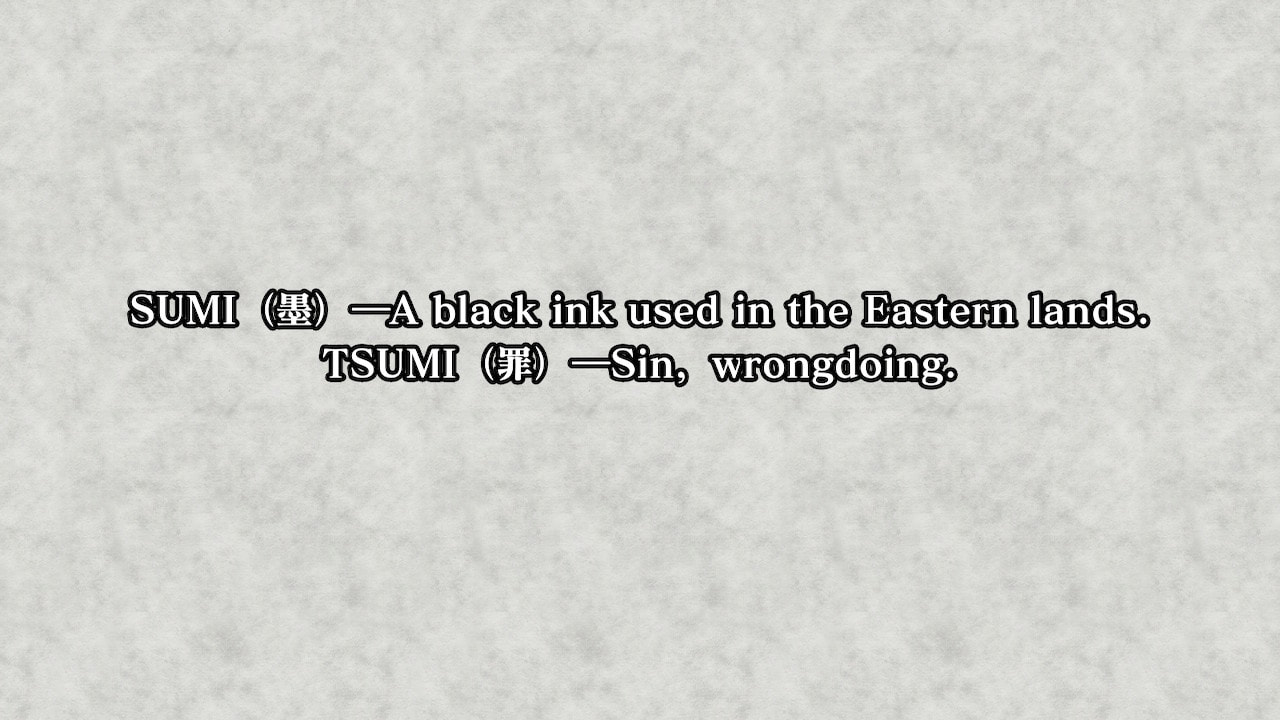
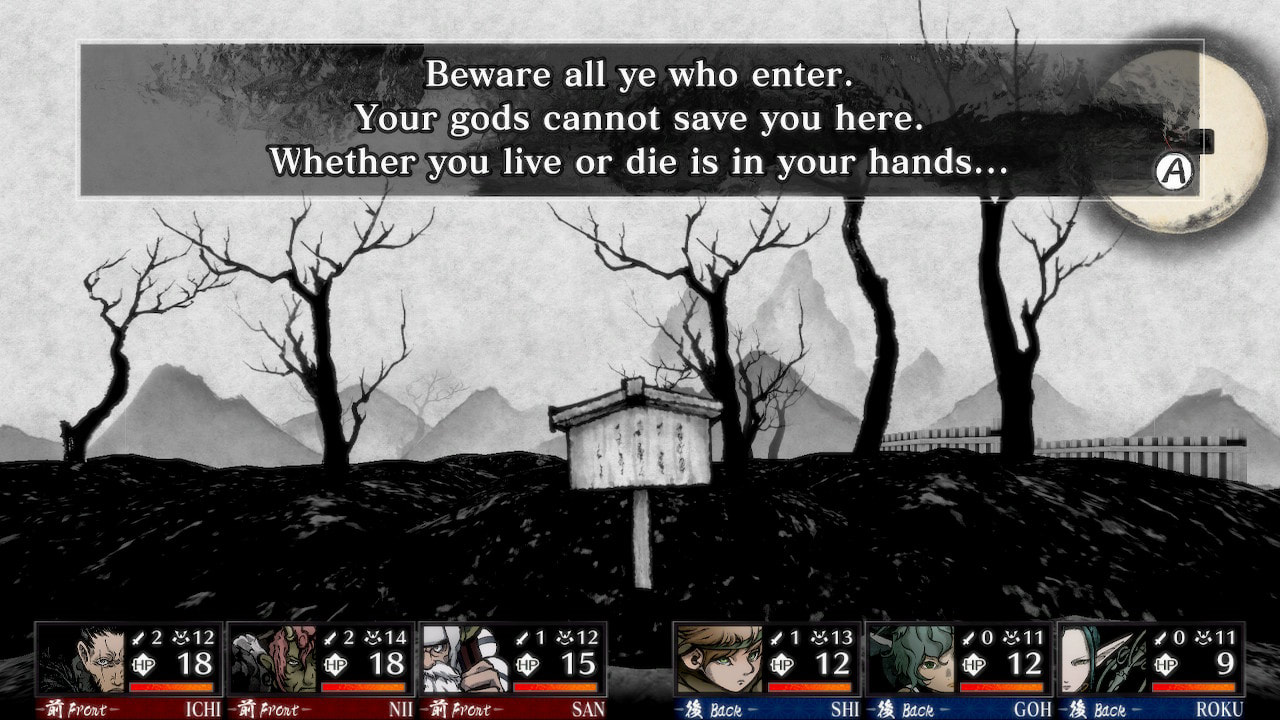
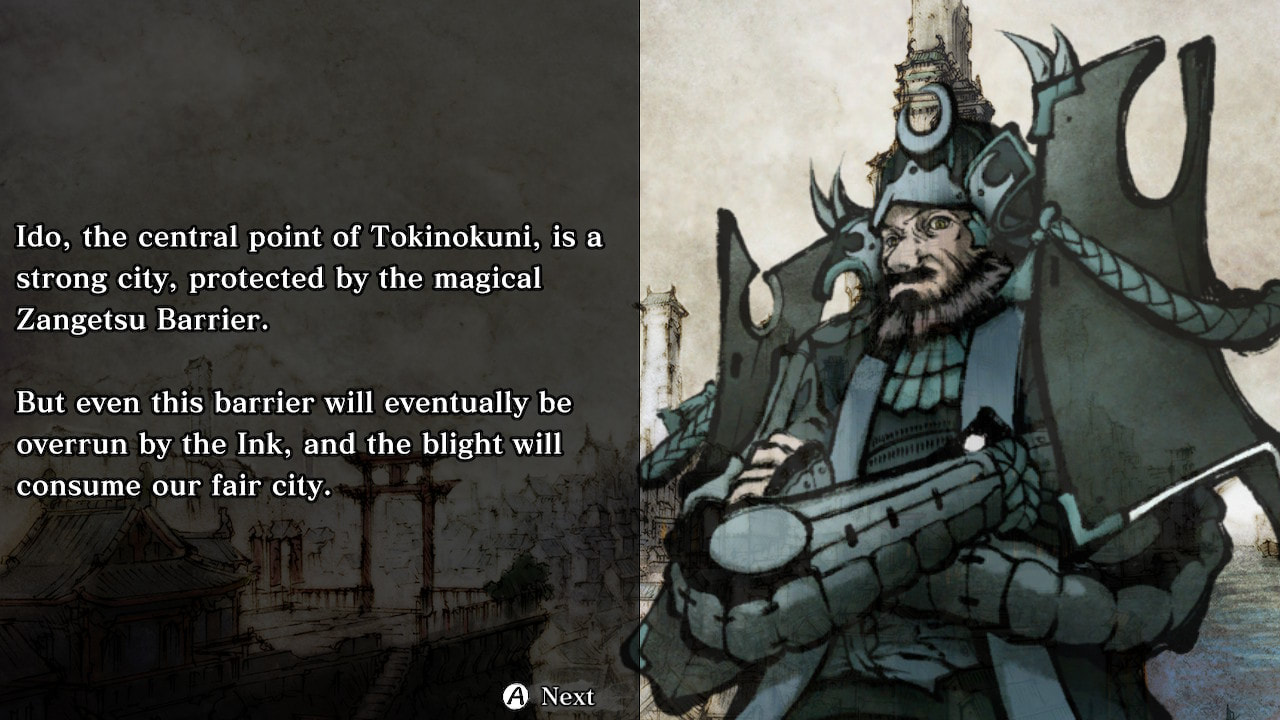
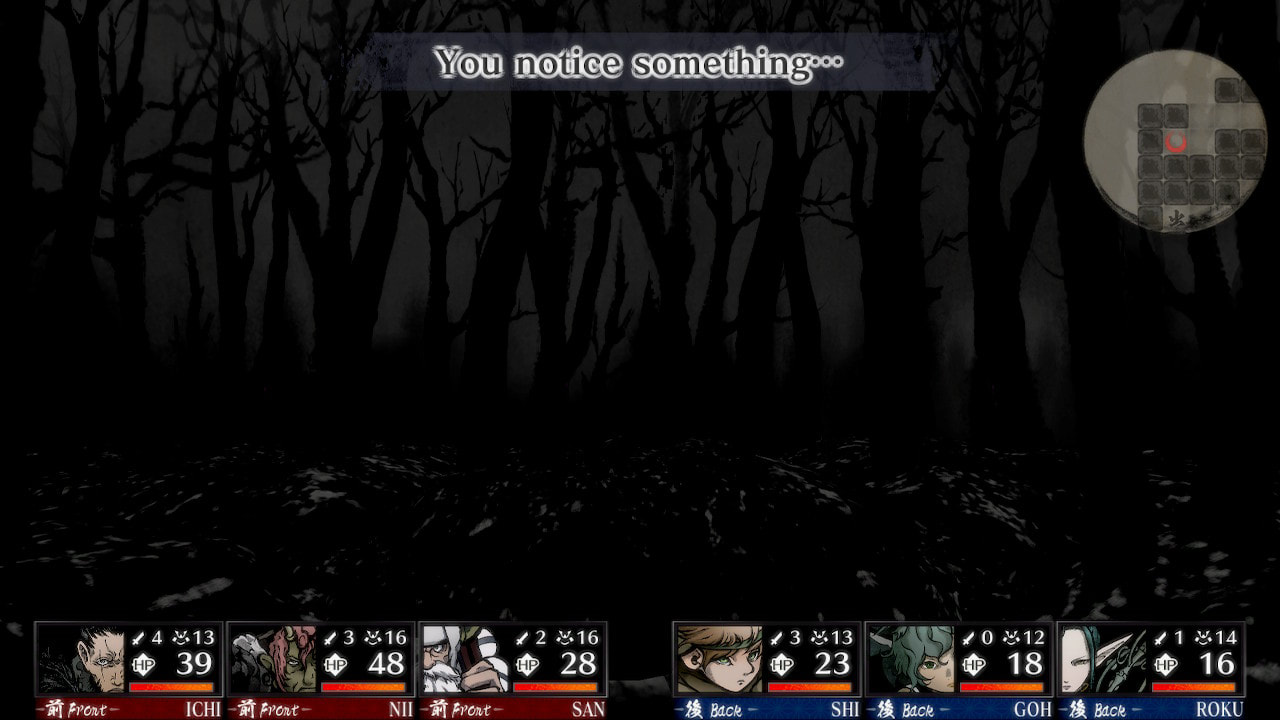

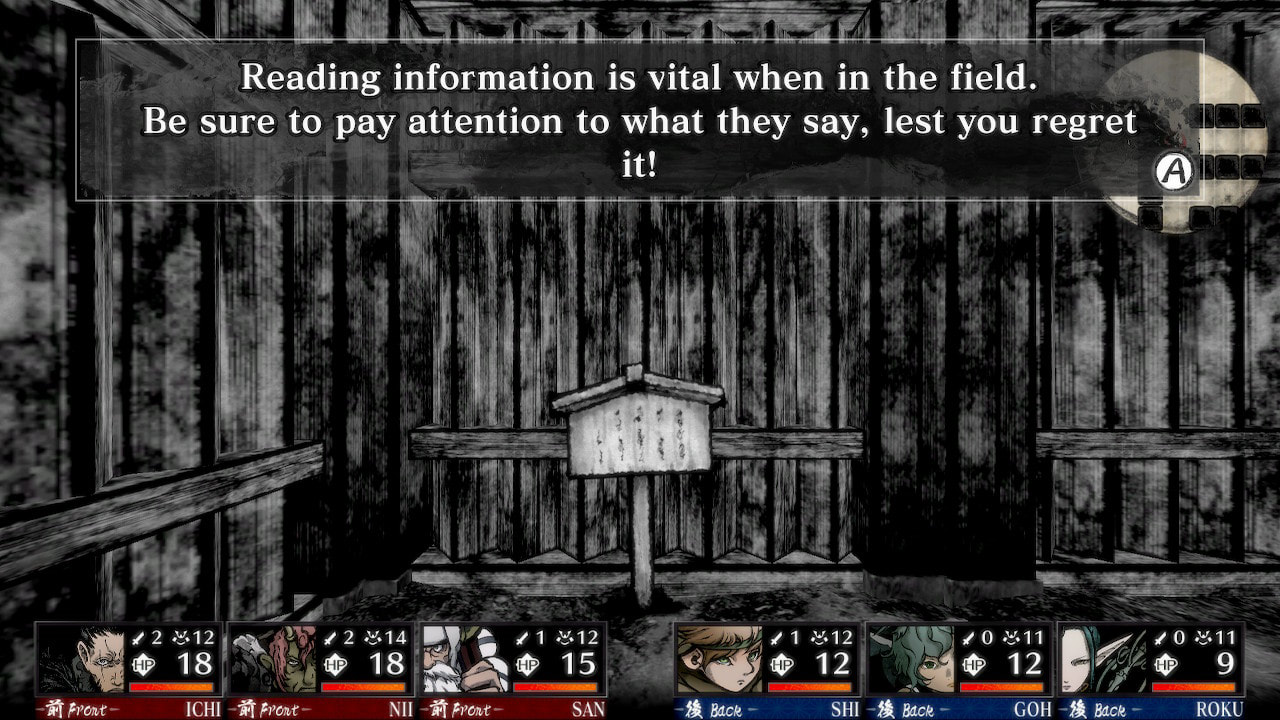
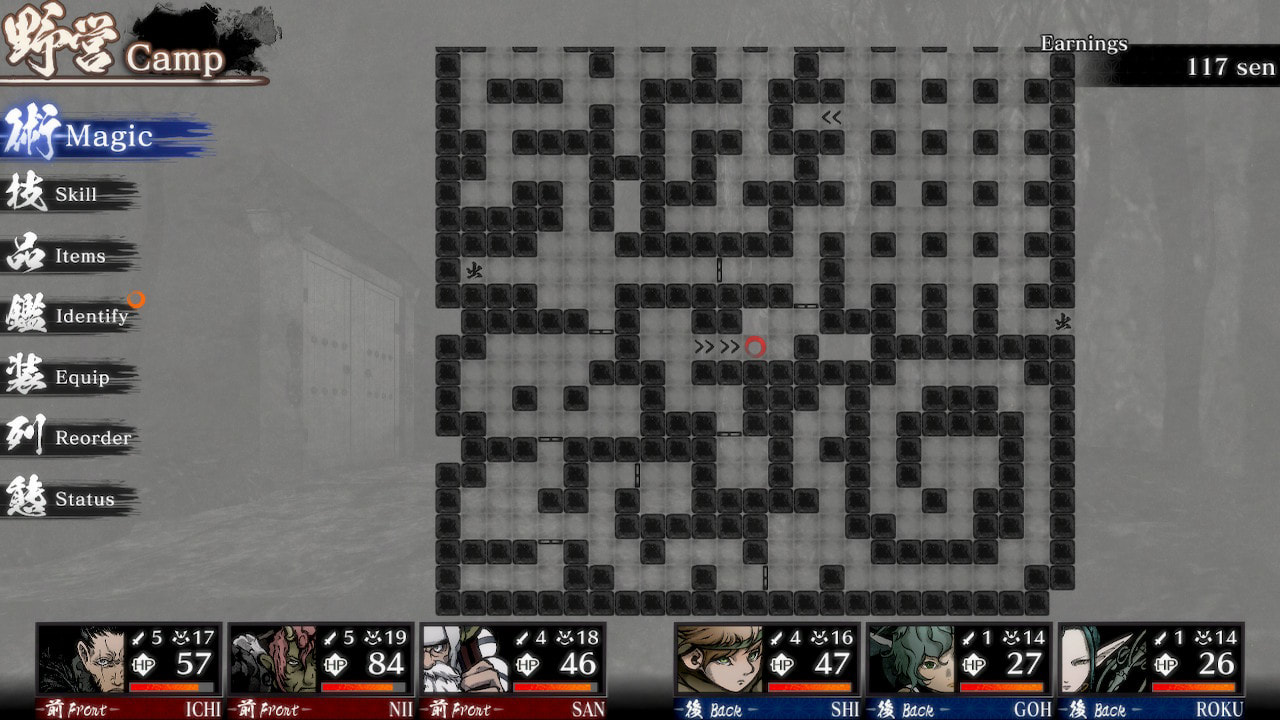
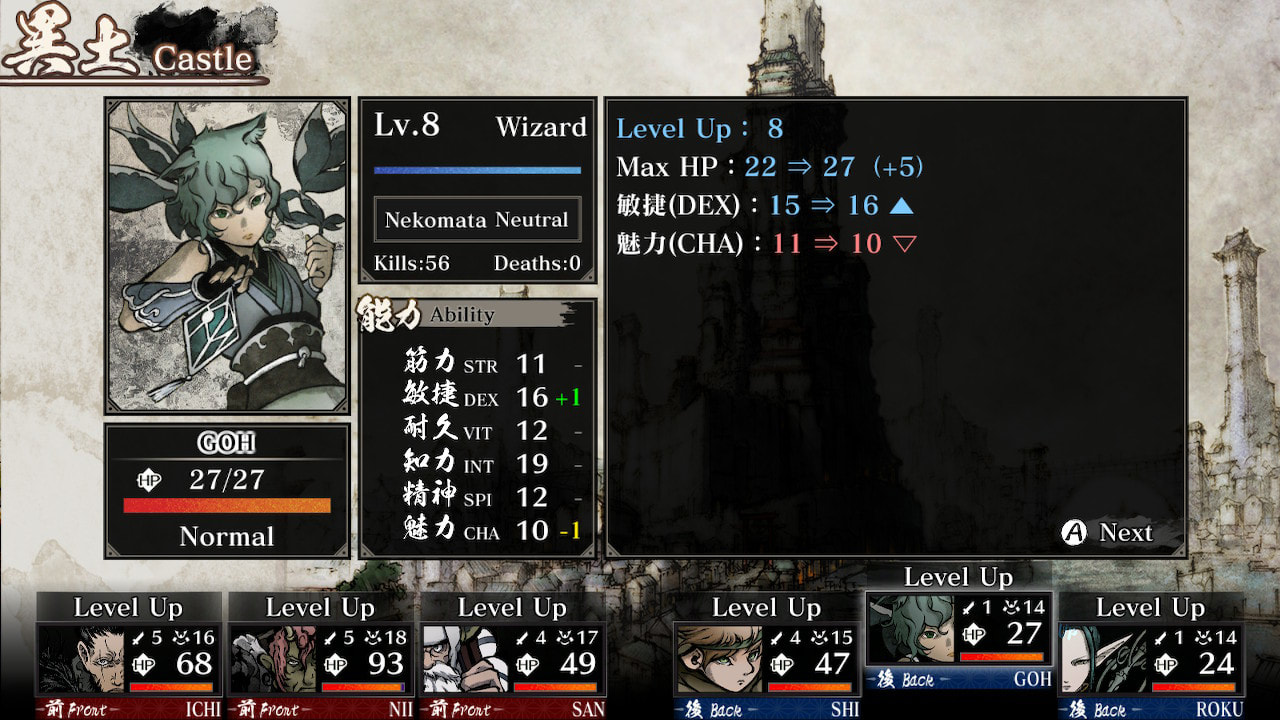
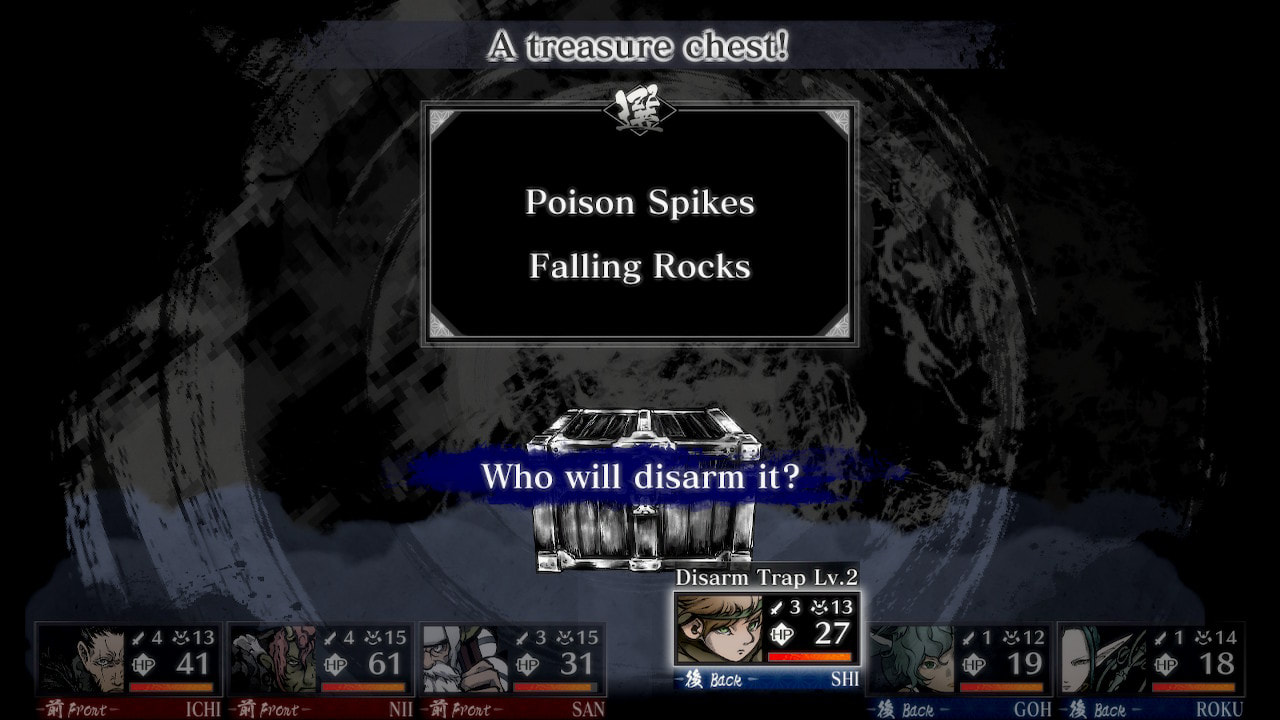
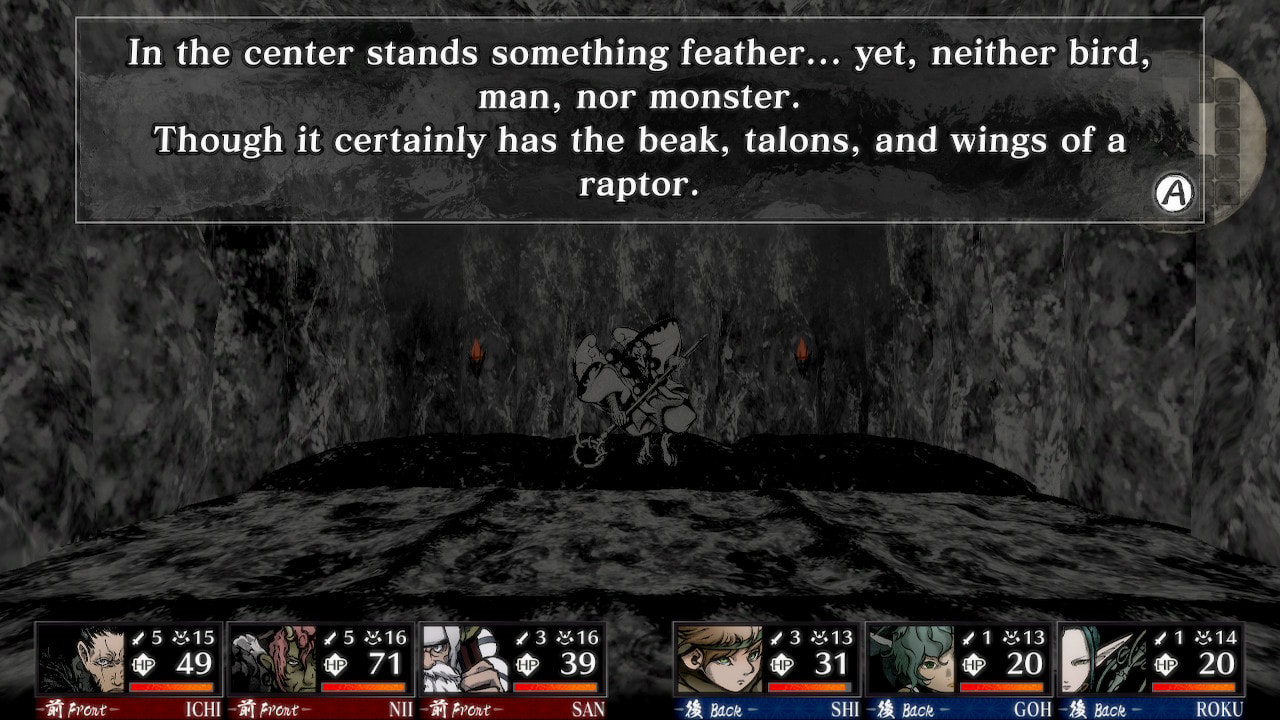
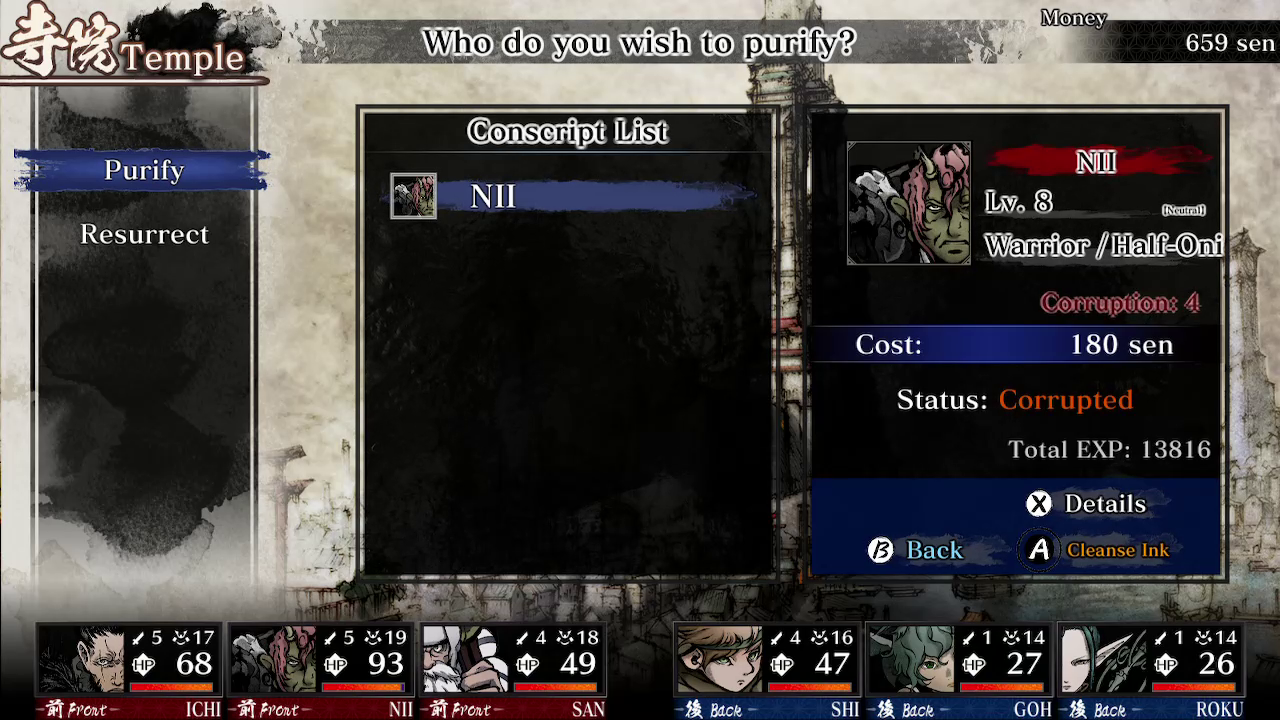

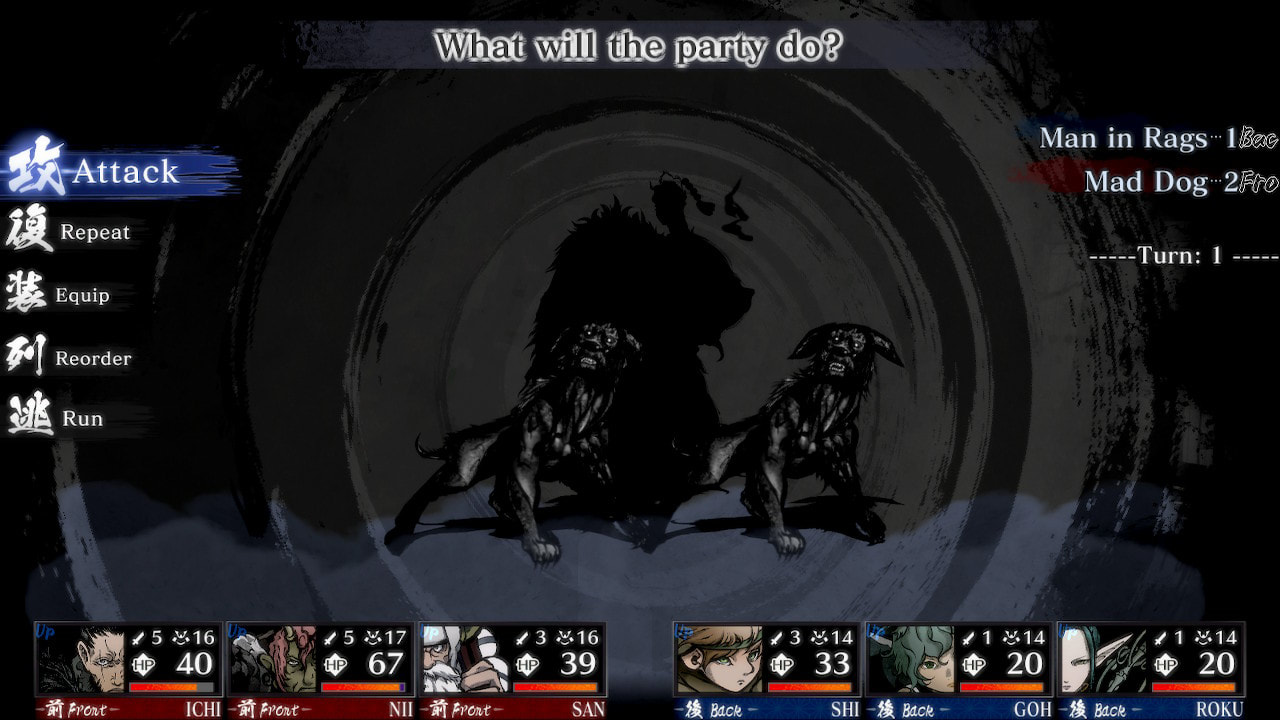
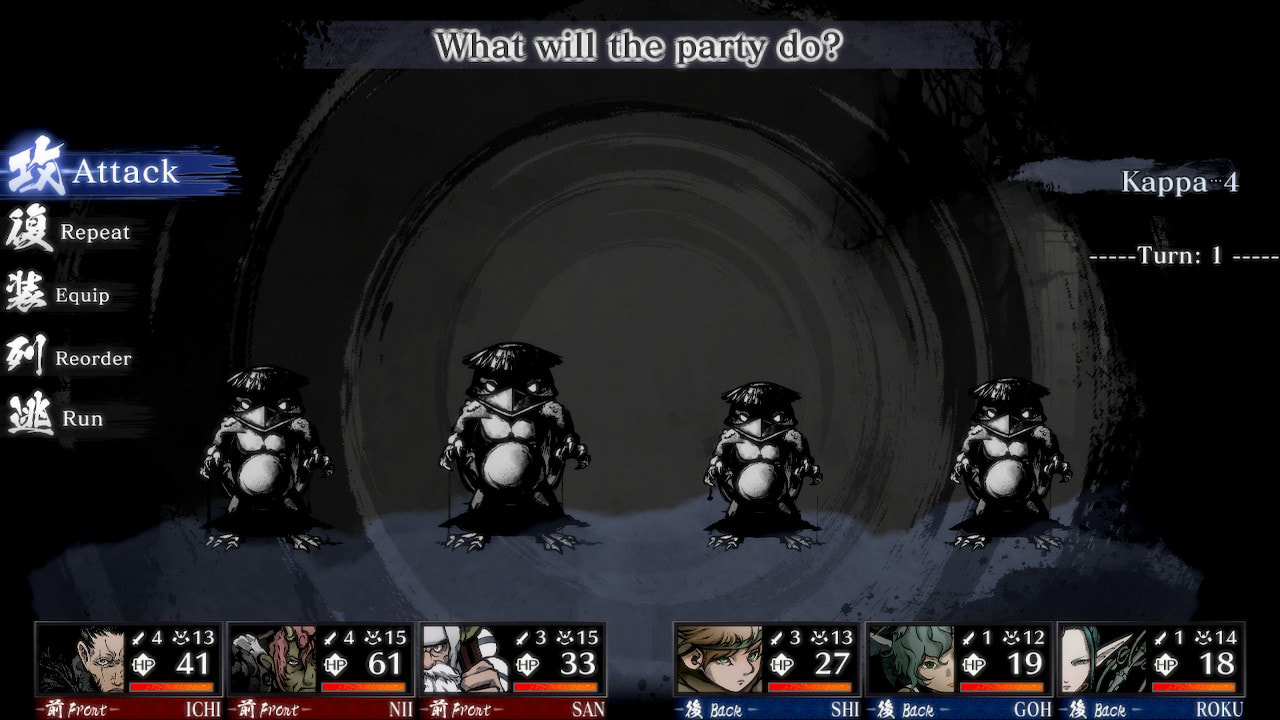
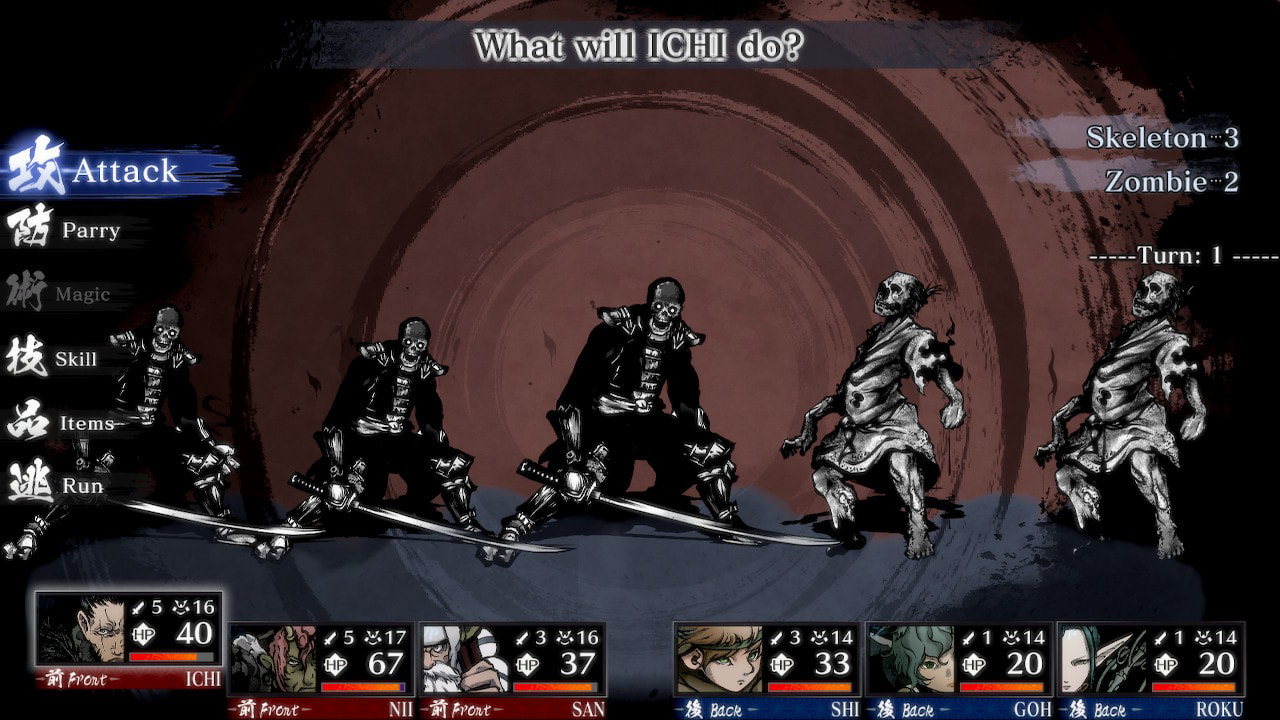

 RSS Feed
RSS Feed